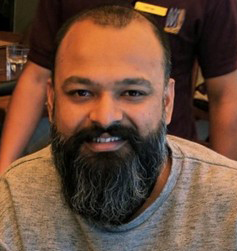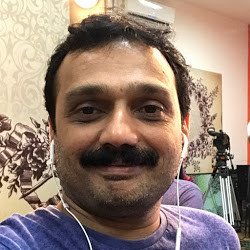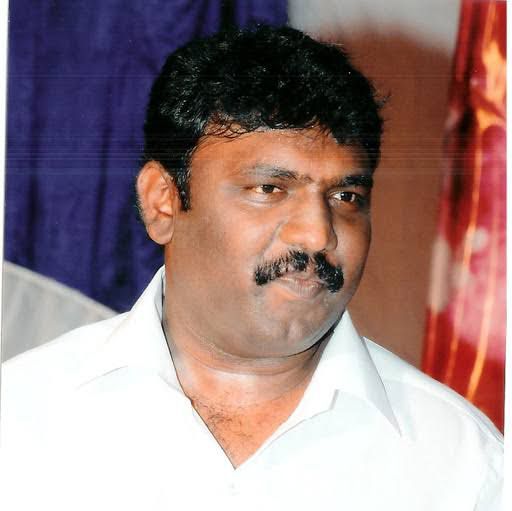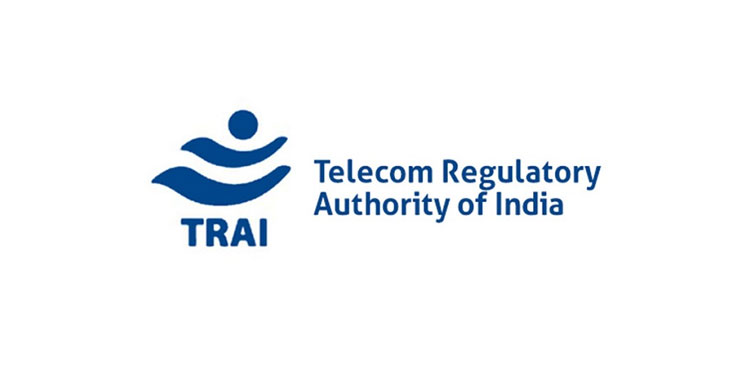By Kalpana Ravi
Depending on the Supreme Court verdict which will be pronounced on November 30, the New Tariff Order ((NTO 2.0) likely will come into effect from December 1. As per the new Tariff Order, the verdict might result in a 50% increase in the tariff rates of all the major broadcasters which will have a direct impact on the consumer base and reach of the channel.
The major broadcasting networks including Star India, ZEE, Viacom 18, Sony Pictures India have pulled their popular GEC and sports channels out of the channel bouquet and hiked their prices. The top four broadcaster’s Star & Disney India, ZEE Entertainment Enterprises, Sony Pictures Network, India & Viacom 18 have updated their rates in compliance with the amended tariff order. This has been done in continuation with the TRAI’s letter asking the broadcasters to file the compliance report by October 22. In the order, TRAI had capped the price at Rs 12/ a channel ie. as part of a bouquet. There was a leeway given to the broadcasters to price a higher rate if the said channel was not part of the bouquet. The broadcaster priced all their popular channels anywhere between Rs.15-25 per month and kept them out of the bouquet. Sony and Star have also increased the prices for their popular sports channels.
Now with this increase in tariff, the consumers have to shell out 40-50% extra amount to watch their favourite channel, A la Carte. Star& Disney India from December with the revised prices will be available at Rs 69 instead of Rs 49. Sony would cost Rs 71 as to Rs. 39 earlier and so on.
“The change in tariff for the popular channels will affect the viewership base. Chances are high that the majority of the urban viewers will now completely switch out of the TV and migrate to online streaming services (OTT) of the said broadcasters,” claims the industry experts.

“Consumers will also be forced to evaluate the cost of watching the same content over cable/ DTH vs over the internet,” observes Shekhar Banerjee, Chief Client Officer & Head – West, Wavemaker India.
“This is a watershed moment for the industry. In a scenario where the market is still recovering from the pandemic, this rise in monthly cable/DTH bills is unaffordable for most households. In the Cross categories, we have seen that such price hikes lead to massive churn and base correction takes at least 6-8 months, this category will be no different. Braise yourself for major churns and rationing of channels in every household and turn TV ratings. Consumers will also be forced to evaluate the cost of watching the same content over cable/ DTH vs over the internet. Price of the same content over the internet via OTT or providers like Jio is not in parity,” he says.

According to Anil Ayroor, Group COO, 24 and Flowers TV, the hike in tariff will have a negative impact on the struggling FTA or single pay channel networks.
“The broadcasting industry dominated by MNCs will reap the benefits. The consumers will face the heat and end up paying additionally 30 percent if he wants to subscribe to their favourite content. The struggling FTA or single pay channel networks will also be impacted negatively. This tariff hike will lead to further OTT penetration in the long run and will ruin the already struggling broadcast industry within no time,” adds Anil.
According to a major content aggregator, The NTO 2.0 will have a damaging effect on the reach of channels. Star Sports 1 has been pulled out of the bouquet and how the consumers are going to react to it is something which we have to wait and see. Nevertheless, the strong sports content offered by the channel will help the broadcaster to overcome the crisis.
The new tariff hike is going to cast a huge impact on the revenue of LCOs and MSOs.
According to an industry expert, ”The consumers will be benefitted if MSOs and broadcasters enter into a strategic alliance, if not the reach of secondary channels would be in peril. The LCOs revenue will have an unfavourable effect due to this and the advertising revenues will also be impacted.

V.S.Patrick Raju, President of Karnataka State Cable TV Operators Association has a similar opinion.
Raju says, “The migration of urban population from cities like Bangalore to their home towns due to Covid-19 and work from home culture has had a huge impact on the LCOs and MSOs in the last 2 years. Though the subscription base in the outskirts of the city is increasing, there has been a huge decline in the subscription base in the urban areas. The demand for the internet connection during the pandemic period has given rise to the growth of OTT platforms, as major internet providers give the OTT subscription as part of the internet package.”
He continues, “The OTT penetration has affected the local cable operators and the NTO 2.0 will further crush the LCO industry which is already having a downfall due to the pandemic. Revenue will be hit and the only set of people who are going to benefit out of the tariff hike is the broadcasters.”
The brands are also slowly shifting towards OTT and other digital platforms.

“The shift towards automated digital platforms has indeed grasped advertisers’ attention with credible results from OTT platforms when it comes to the betterment of ROI, precise targeting, measurement metrics, premium viewership, and internet-based targeting,” observes Krishnarao Buddha, Senior Category Head, Marketing, Parle Products.
He says, “Consumer behaviour has evolved with people opting for online streaming services instead of TV or DTH. This trend drastically caught up over the past year with the increase of consumers watching shows or sports on smartphones and smart TV’s. What we are witnessing today is a dramatic shift in momentum, a tipping point for TV. As a major consumer brand, we are constantly relooking at our budget distribution for advertising on different platforms.”
“The budget pie that used to be majorly covered by television is now being split between digital. Although this has been happening for a couple of years, we are going to see a further tilt of budget allocation towards digital. To illustrate, if a cable or DTH costs me Rs 700-800, I can easily get options such as Amazon Prime or Disney+Hotstar to connect with my smart TV for the entire family. Such a price increase is going to lead to many disconnections. And considering the exam season in January with possible school reopening, we may witness further disconnections then,” Buddha concludes.
With Inputs from Neethu

















